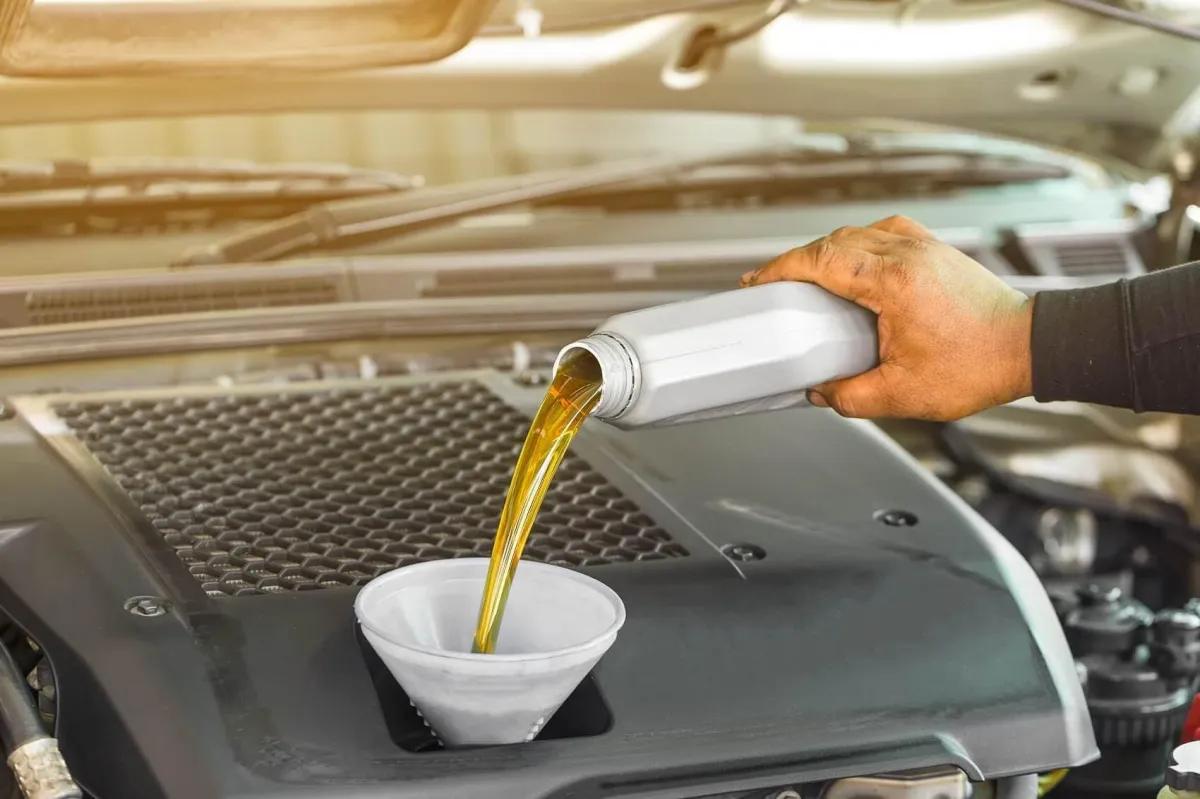Latest News

Step-by-Step Guide on How to Change Your Oil
As a vehicle owner, there are basic maintenance tasks that need to be done regularly, and one of those is changing your oil. Changing your own oil may seem daunting, but it's actually pretty straightforward, and it can save you money in the long run. In this article, we'll go over the basic steps on how to change your oil, so you can keep your car running smoothly.
Step 1: Preparation
First, make sure you have all the necessary tools. You'll need an oil filter wrench, a ratchet and socket set, a drain pan, a funnel, and a new oil filter. You'll also need a few quarts of new oil, the recommended viscosity, and grade for your vehicle. Refer to your owner's manual for the exact amount and type of oil your car requires.
Step 2: Locate the drain plug and oil filter
Start by raising your car with a jack and placing it on jack stands. Make sure your car is parked on a level surface. Locate the oil pan and the drain plug beneath your car. The oil filter is usually near the oil pan and can be accessed from beneath the vehicle as well.
Step 3: Drain the old oil
Position the drain pan under the drain plug and use the ratchet and socket set to loosen and remove the plug. Be careful not to get burned by hot oil. Allow the old oil to drain completely into the pan. Remove the old oil filter by using the oil filter wrench to loosen and detach it from the engine.
Step 4: Install the new oil filter and drain plug
Use a little bit of the new oil to lubricate the gasket on the new oil filter. Screw the new oil filter into place, and tighten it by hand. Then, use the ratchet and socket set to tighten the drain plug back into place.
Step 5: Add new oil
Insert the funnel into the oil filler hole and pour the recommended amount and type of new oil into the engine. Check your dipstick to make sure you've added the correct amount of oil. Once you're done, start the engine and let it run for a few minutes. Then, check for any leaks and make sure the oil pressure light goes off.
Conclusion:
Changing your oil is a simple and essential task that should be done regularly to ensure the longevity and performance of your vehicle. With this step-by-step guide, you can save money by doing it yourself and have the satisfaction of knowing your car is properly maintained. Remember to consult your owner's manual for the correct oil viscosity and amount, and always dispose of used oil properly. Happy oil changing!




